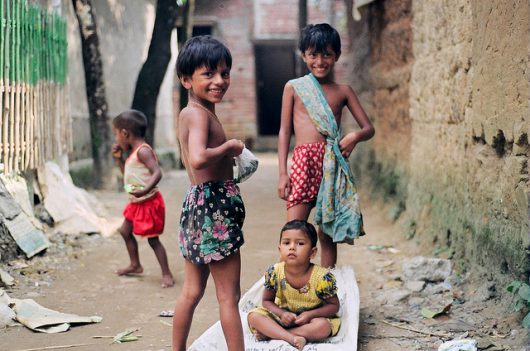Healthcare System in Bangladesh: Improvements Despite Poverty

Though the country is still considered one of the poorest in the world, a stable economy, declining rates of poverty and involvement with third-parties, has provided the healthcare system in Bangladesh with a significant rise in quality over the years.
In an article published by Reuters, Professor Mushtaque Chowdhury of Dhaka’s BRAC University, and co-leader of a series of published studies for the Lancet medical journal, praised Bangladesh for its positive changes to their economy and their healthcare system.
“Over the past 40 years, Bangladesh has outperformed its Asian neighbors, convincingly defying the expert view that reducing poverty and increasing resources are the key drivers of better population health,” Chowdhury said.
According to a report published by the World Health Organization, the healthcare system in Bangladesh relies on four key components: the government, private sector, nongovernmental organizations (NGOs) and donor agencies.
In the latest reports from the Bangladesh National Accounts, the Bangladeshi government spends $2.3 billion on healthcare, which constitutes a total of $16.20 per person. These benefits are available to everyone, but many sick people are left untreated under the state-run system.
Though there is an extensive healthcare infrastructure, hospitals and clinics are not adequately provided with drugs, manpower and other supplies. This places limitations on a number of people who can be treated in the region.
Despite all of this, the healthcare system in Bangladesh has shown a marked improvement in maternal, infant and child mortality rates. Targets for the treatment and prevention of HIV, tuberculosis (TB), and malaria are also on course.
Successful outcomes are being achieved through the public sector providing key intervention strategies such as child delivery in healthcare facilities, providing childhood immunizations, and successful treatment rates of TB.
To make up for the limitations of their public services and the inability to reach everyone in the country, the healthcare system in Bangladesh is very flexible when it comes to the private sector and NGOs.
Organizations such as USAID have provided substantial support to government programs and have introduced technologies for the diagnosis and treatment of various diseases such as TB.
The healthcare system in Bangladesh has set a great example for other Asian countries. Through the efforts of both the state and various NGO and private sector programs in the region, the country has gained a precedent for providing substantial healthcare at a very low cost.
– Drew Hazzard
Photo: Flickr
